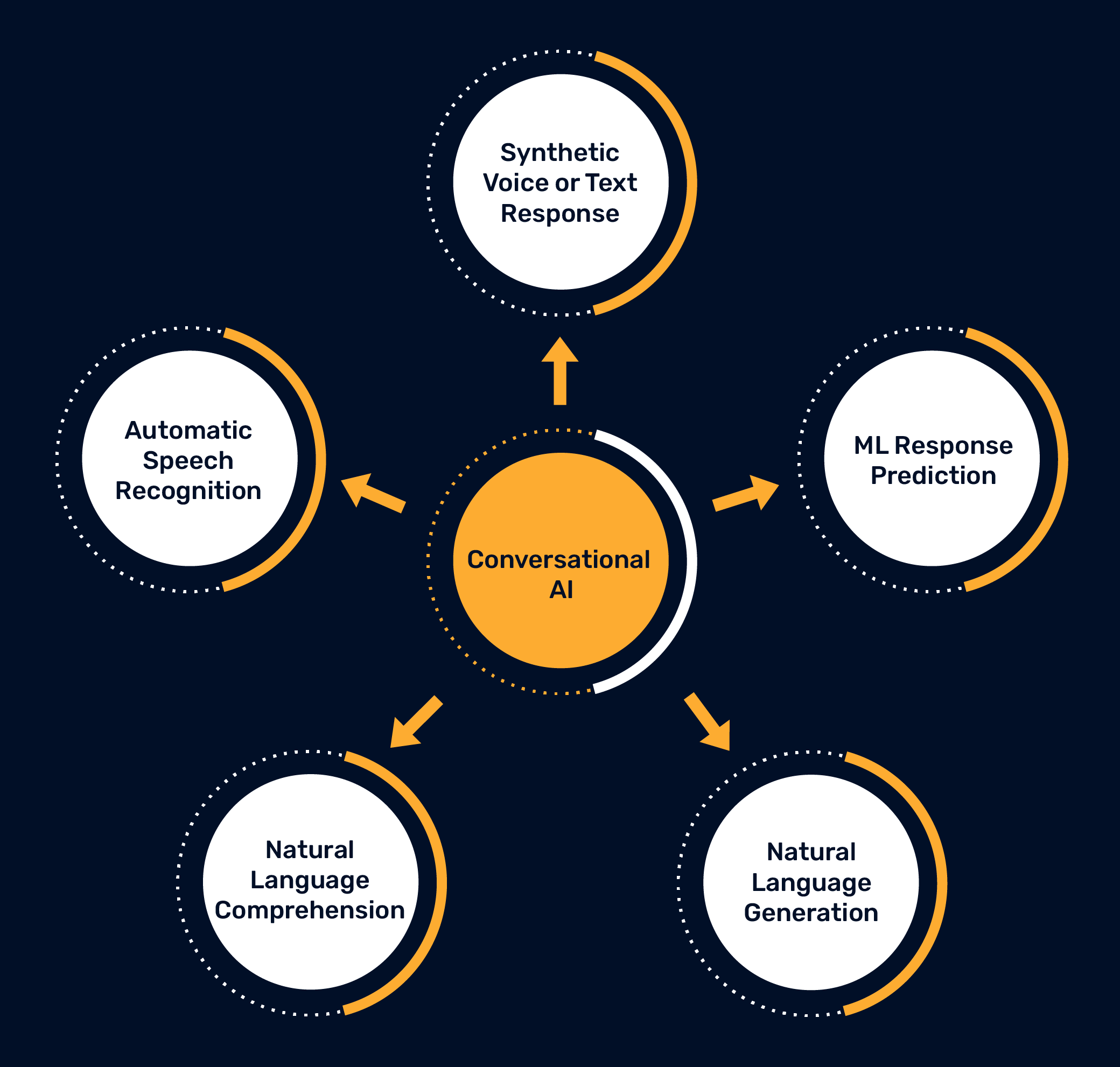views

Conversational AI in Customer Service: Why Your Business Needs It?

A business is all about satisfied customers. Consumers today are tech-savvy and know how technology can make everything accessible faster. So they expect instant resolution to their concerns. This is why relying only on human agents or legacy technology solutions for customer service processes is no longer going to cut it.
Conversational AI is paving a new way for faster and more effective customer communication for businesses across industries. Unlike a traditional rule-based chatbot that offers the same set of responses based on keyword-based scripts, conversational AI delivers answers by relying on customer intent using natural language processing, and the best part is that it gets smarter and better with each interaction using machine learning.
WHAT IS CONVERSATIONAL AI?
It enables machine-to-human interactions through virtual assistants, chat and voice bots using NLP, Automatic Speech Recognition (ASR), and Machine Learning (ML) technologies.
Your customers appreciate your responsiveness and availability. However, ensuring round the clock support can be an operational nightmare and expensive. Although rule-based chatbots do help to an extent but given their limited scope of interaction, they cannot cover a considerable breadth of user queries. Even with bot deployment and swift responses, 90% of users reported poor customer service, especially during the last two years (amid the pandemic), according to a survey conducted by Replicant.
Conversational AI addresses this challenge by taking away the dowdiness of bots. In a way, It empowers machine-to-customer interactions by deciphering consumer intent, and delivering better resolutions, thereby enhancing customer experiences with the brand.
Conversational AI chatbots and voice assistants are capable of responding to both voice and text inputs, allowing more convenience to the customers. So, the appeal of these conversational systems will never go unnoticed. They can be deployed for any industry; and across numerous use cases.
“According to Valuates Reports, the global conversational AI market size is expected to reach USD 32.62 Billion by 2030 from USD 5.78 Billion in 2020, with an annual compound growth rate of 20% in these 10 years.”
Two possible reasons for this growth:
- Messaging platforms with massive user bases like WhatsApp and WeChat are giving opportunities for businesses to interact with customers through seamlessly-designed chatbots.
- Growing popularity of voice assistants like Google Home, Alexa, Siri etc., are paving the way for businesses to create their own affordable speech-based assistants that easily integrate into their websites and other applications.














